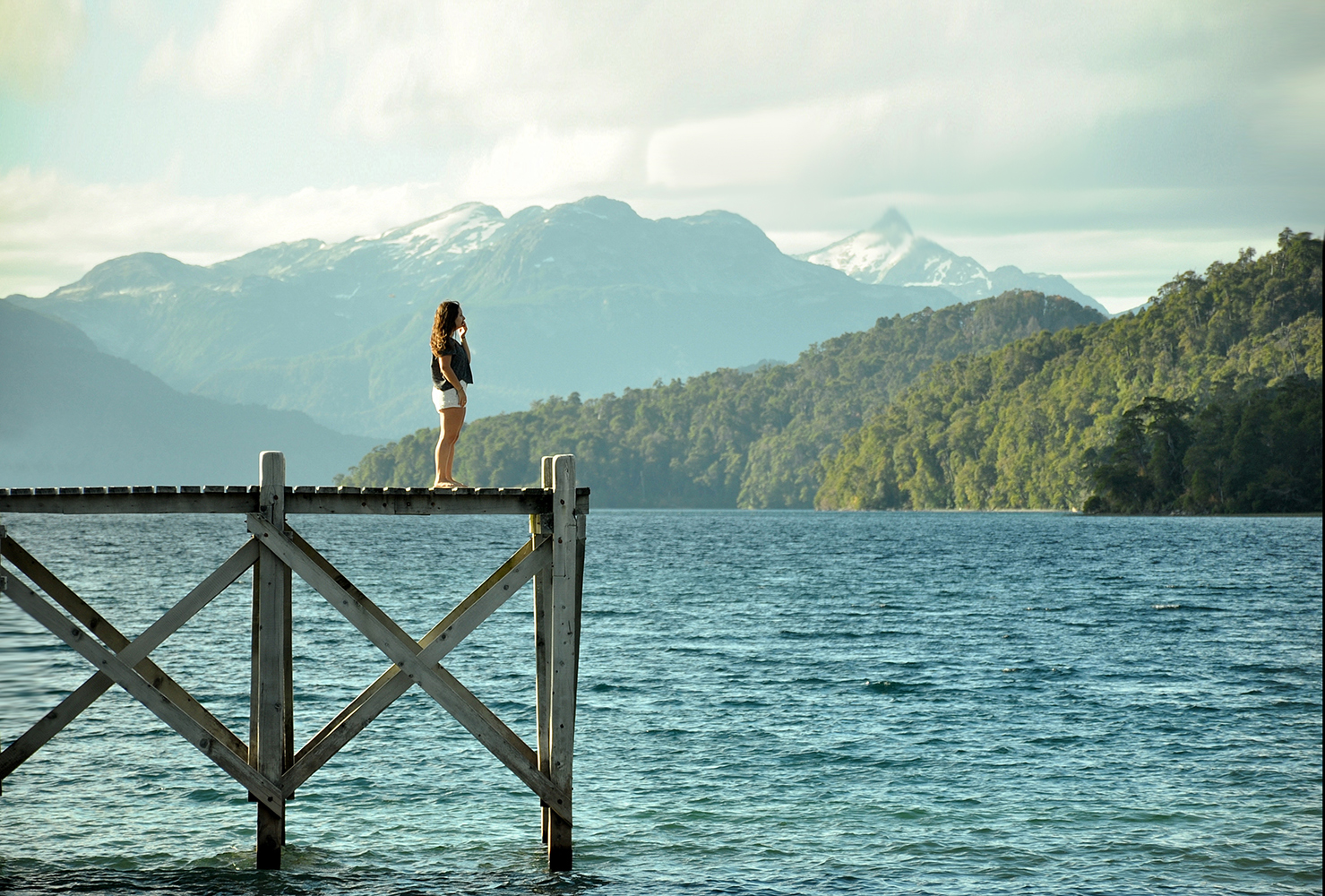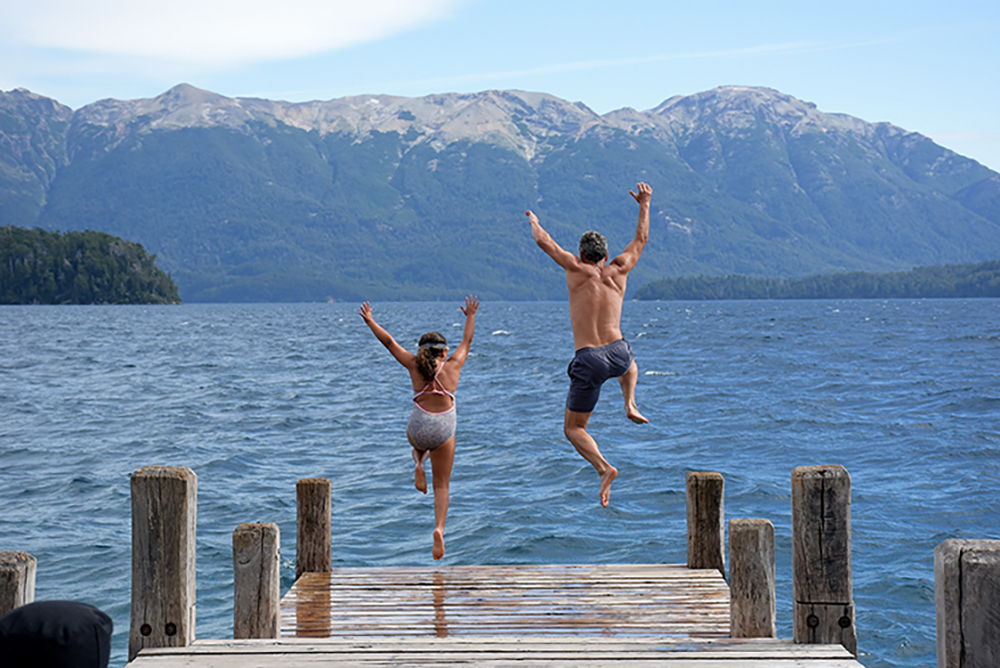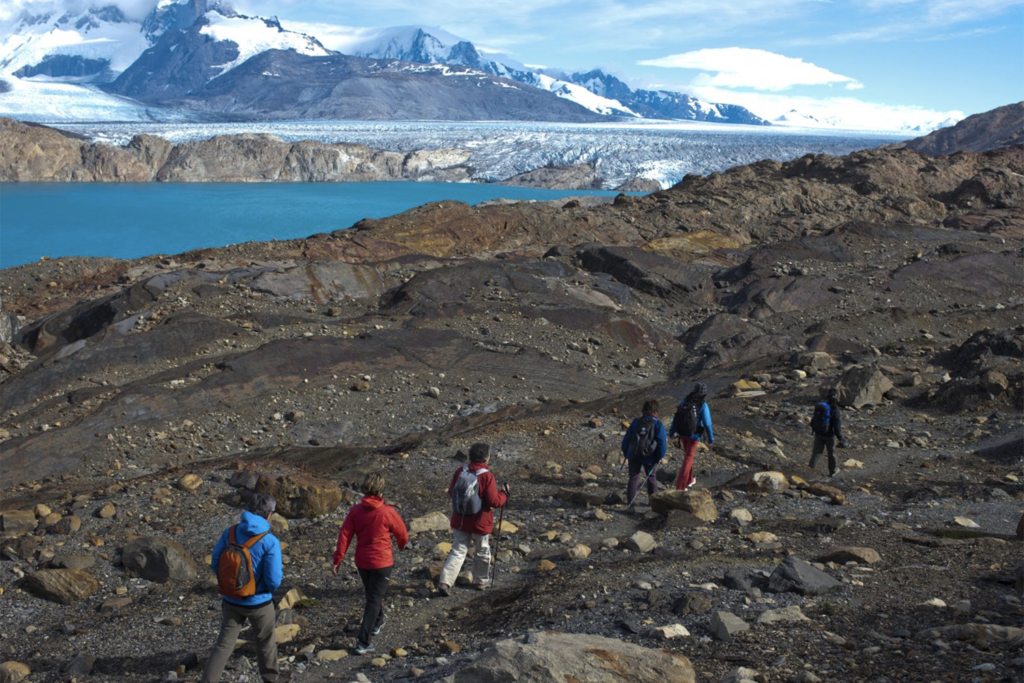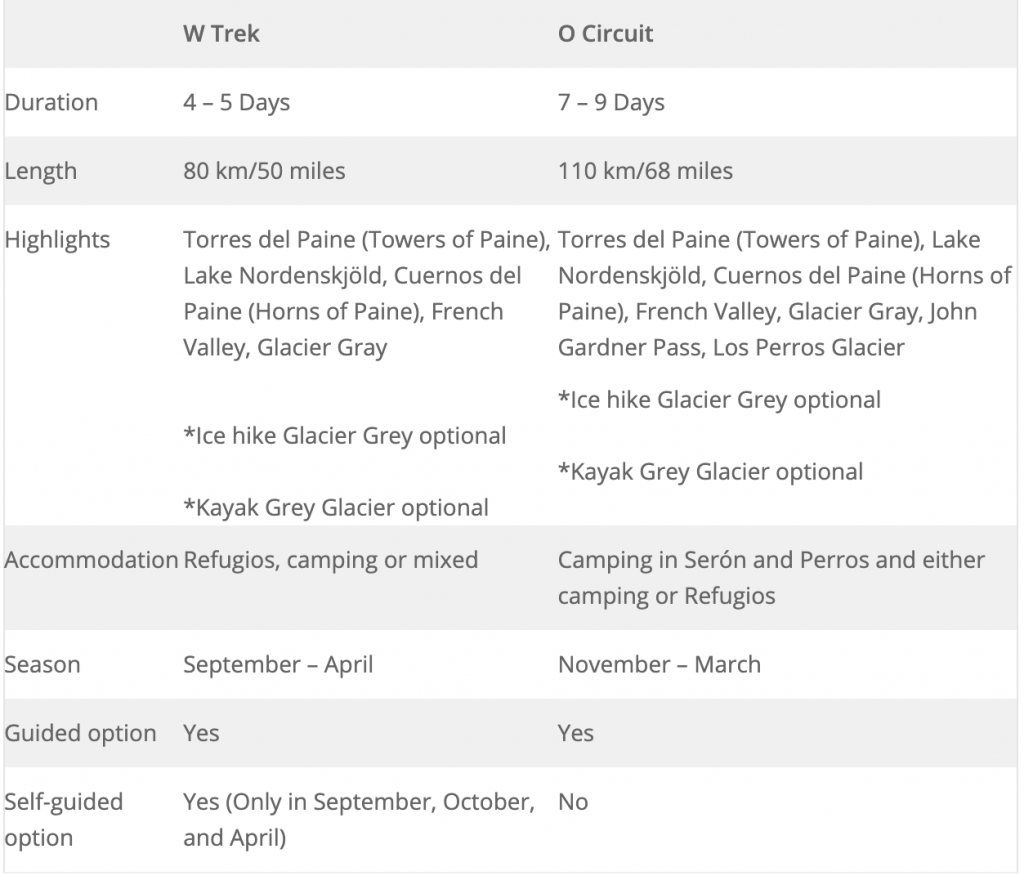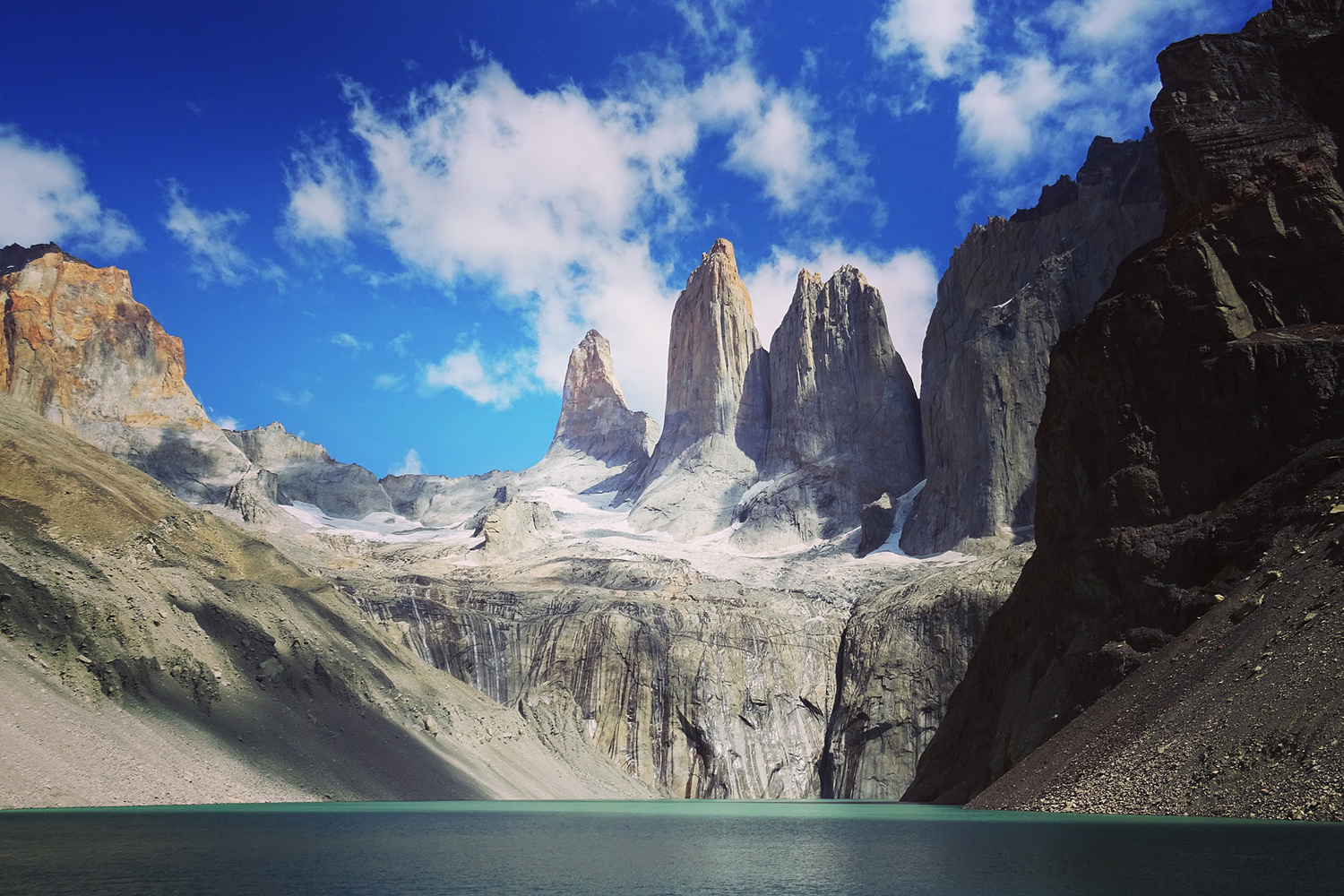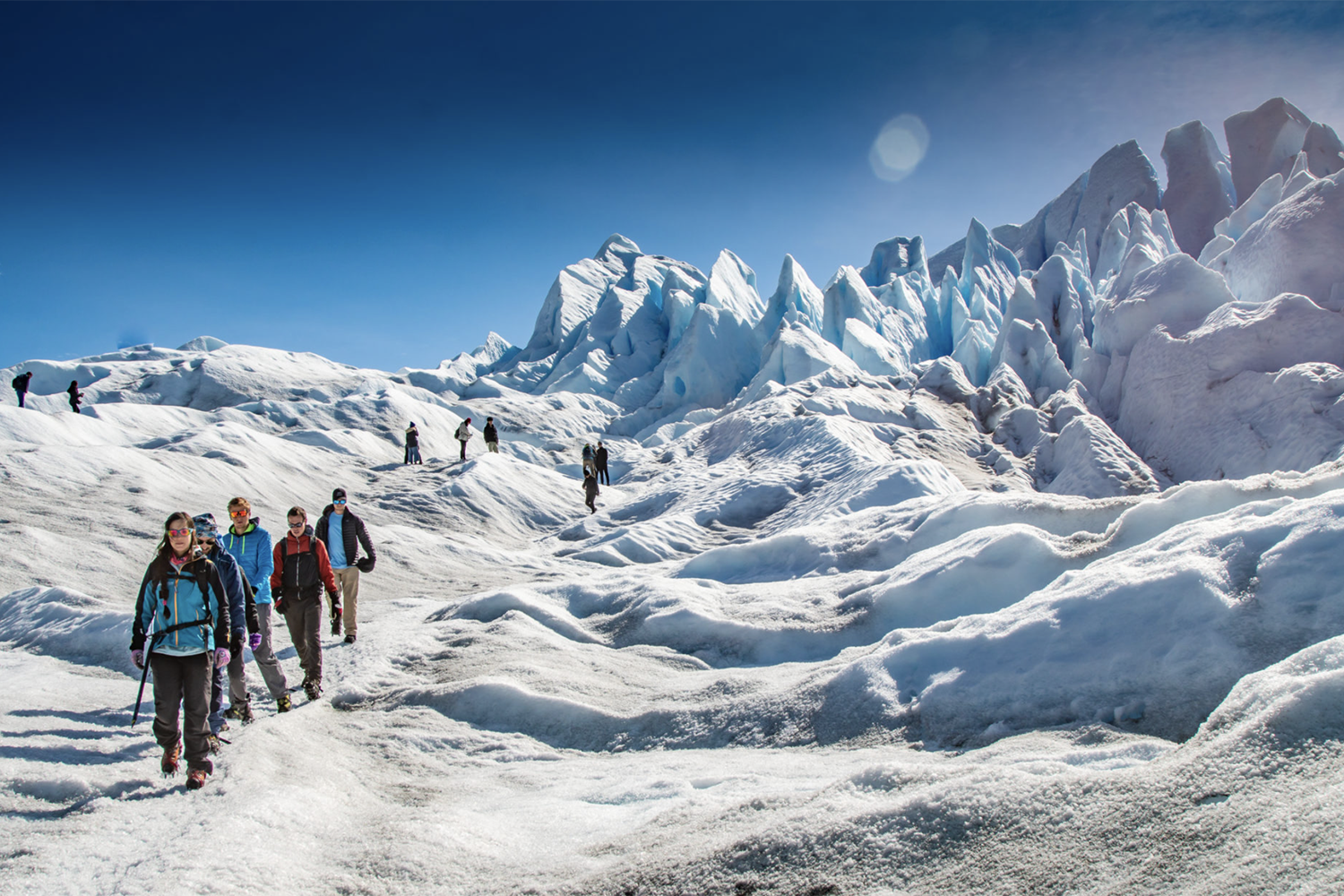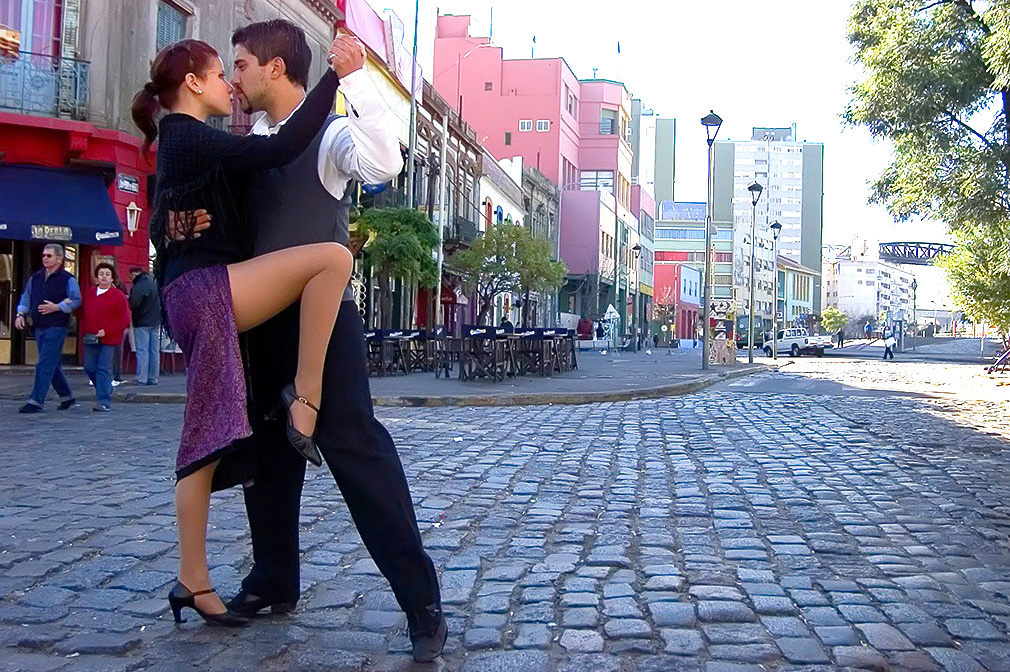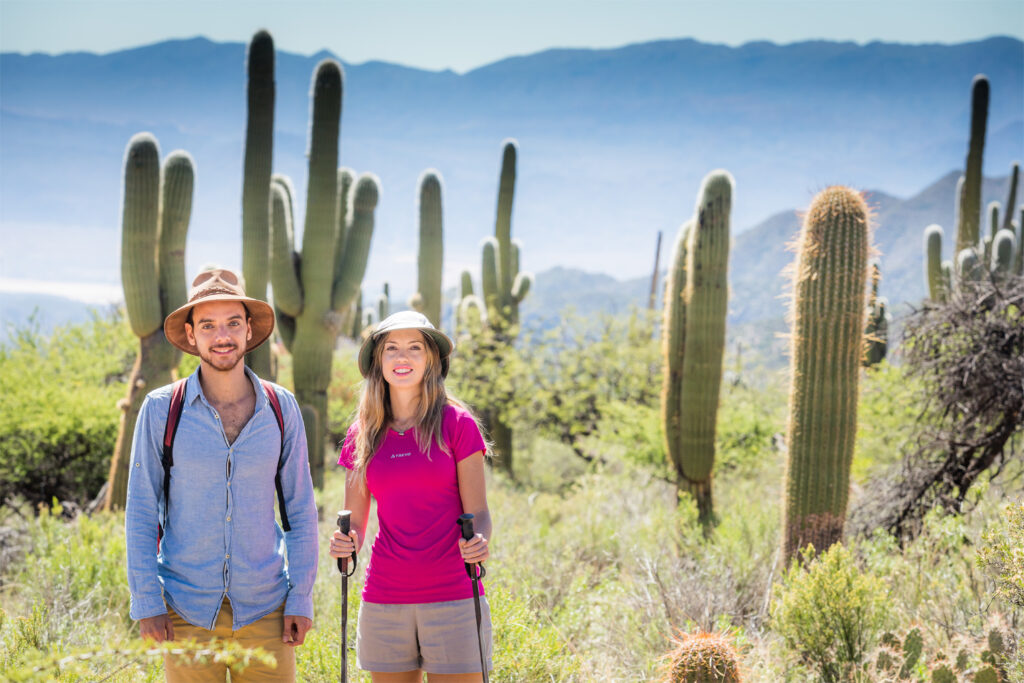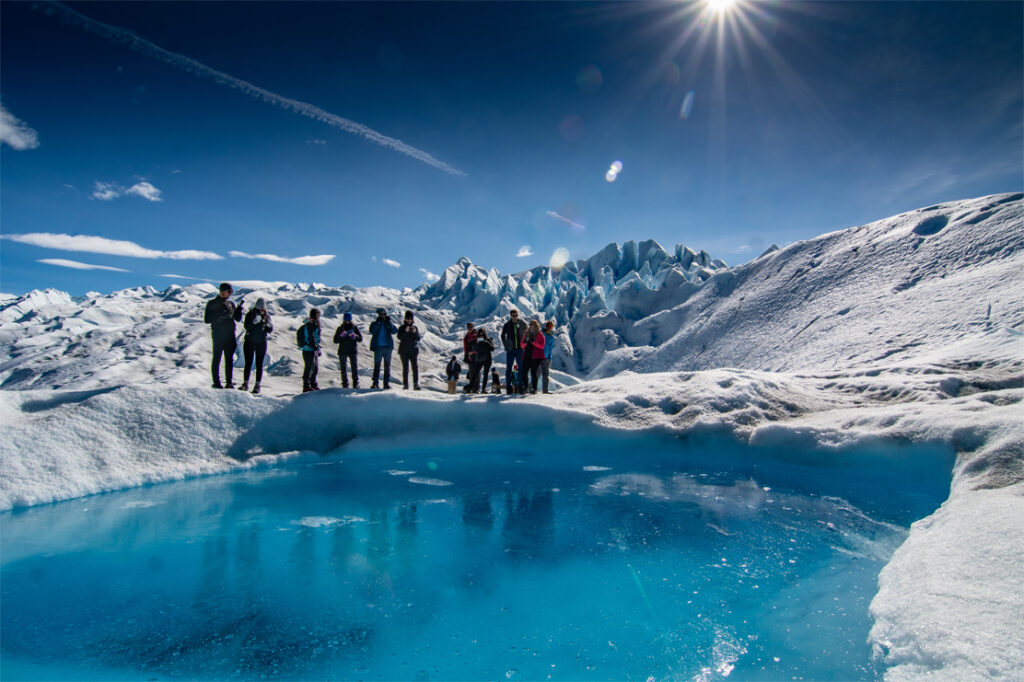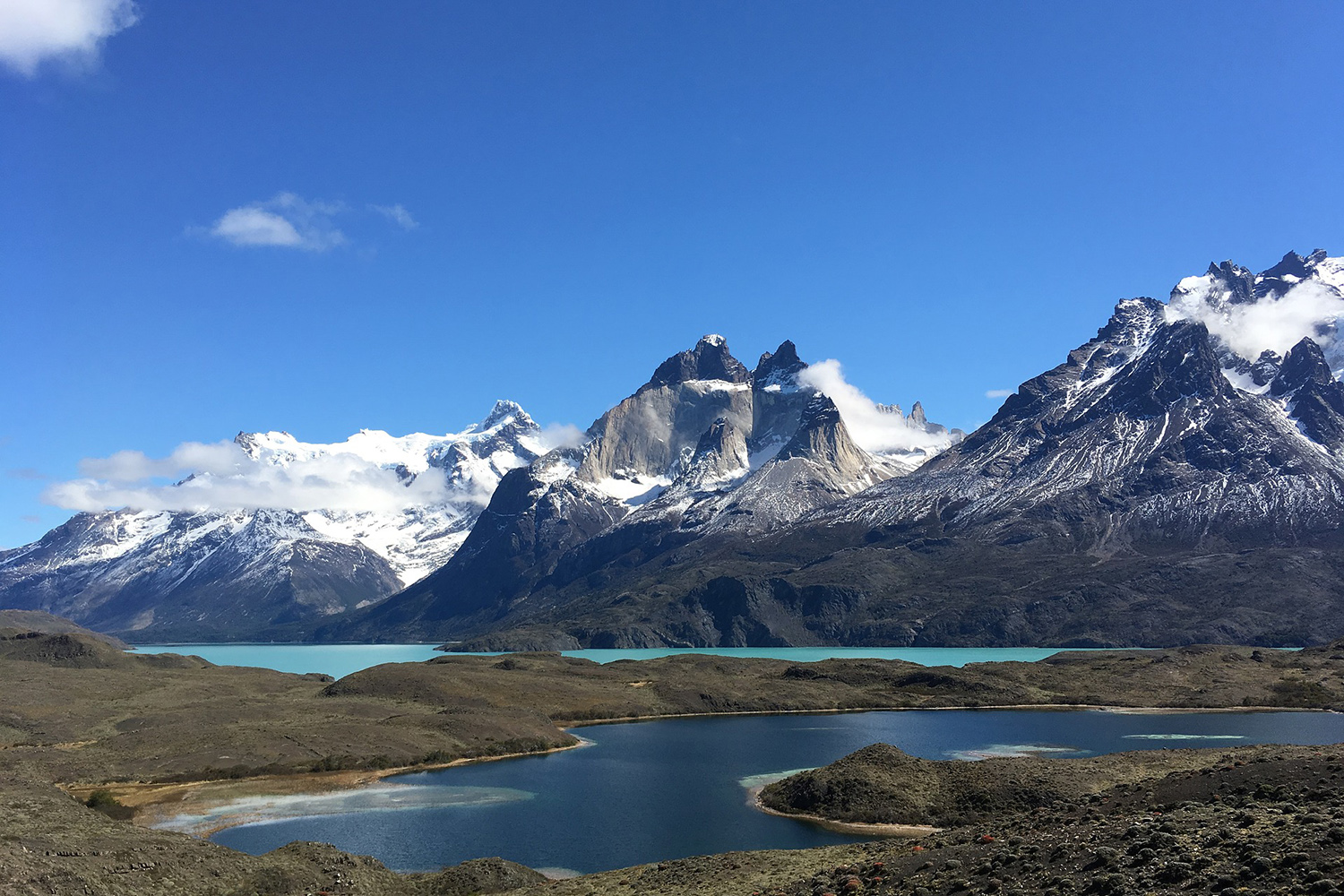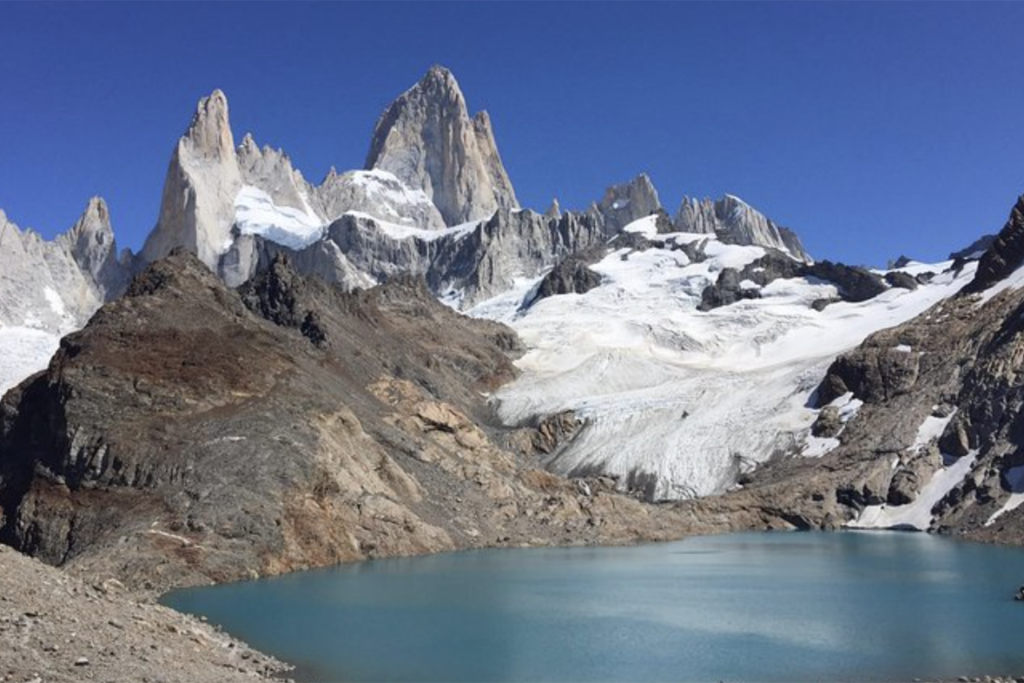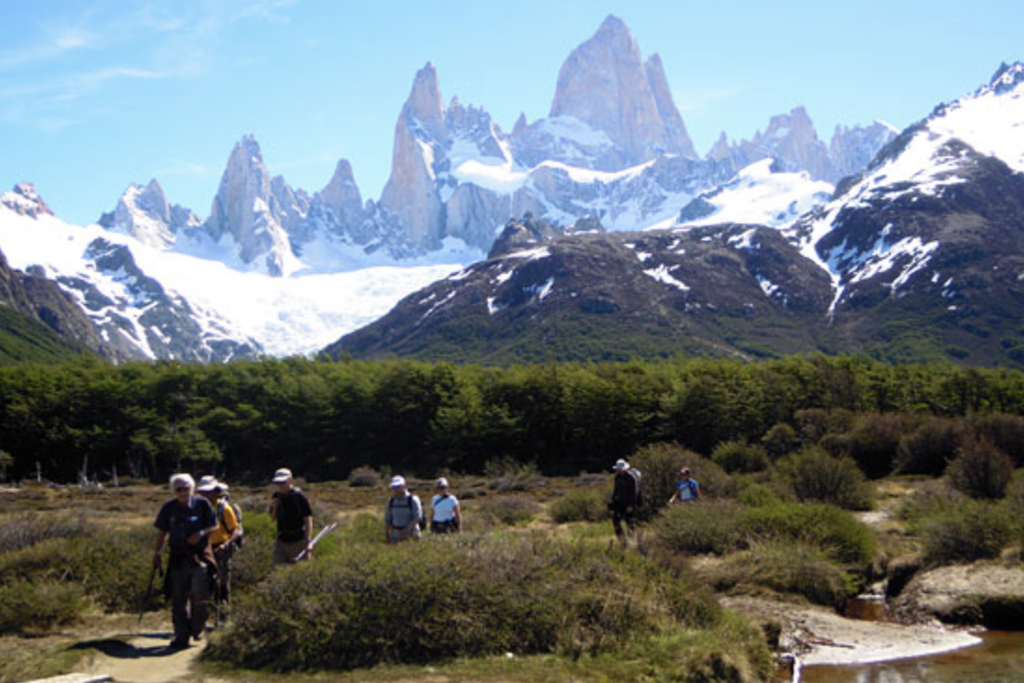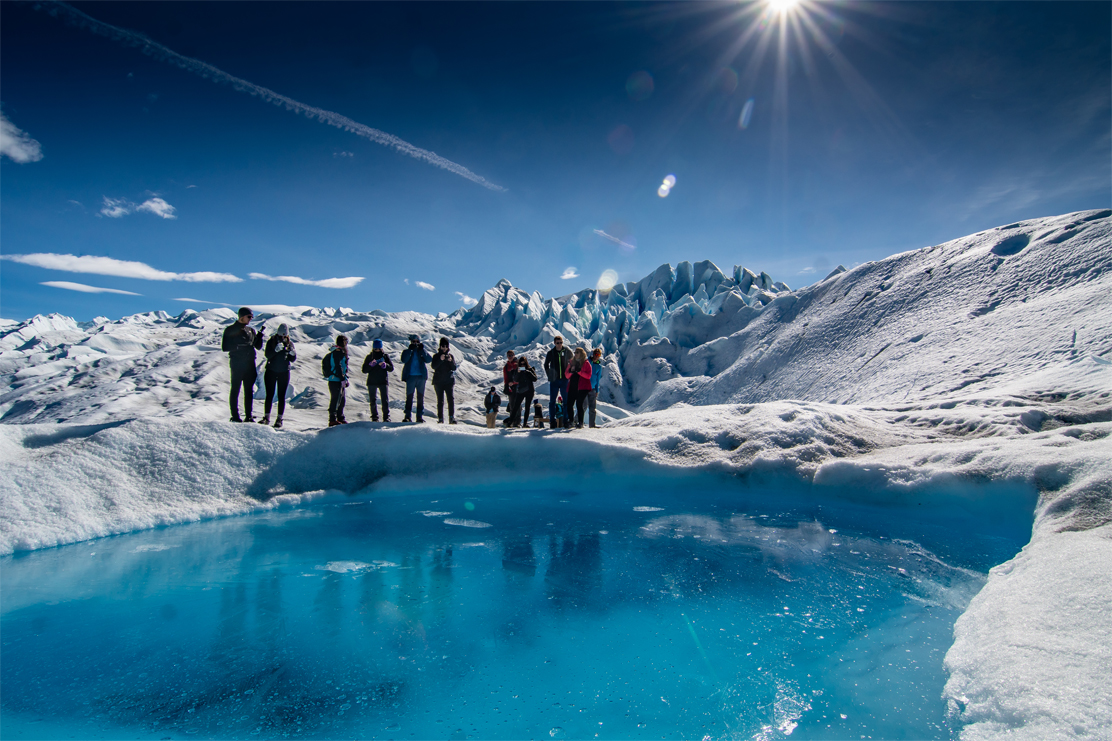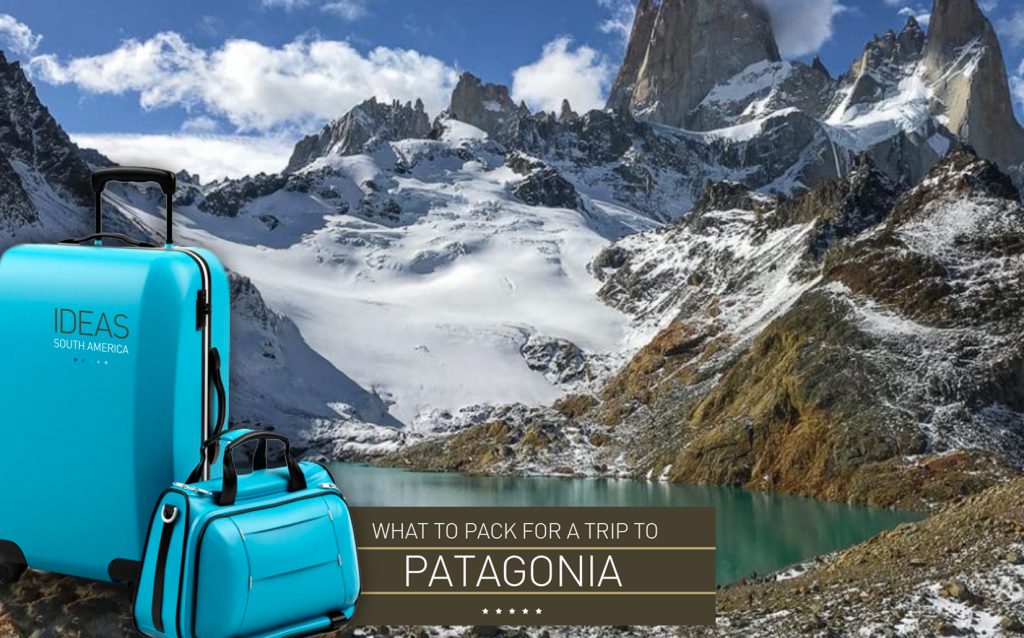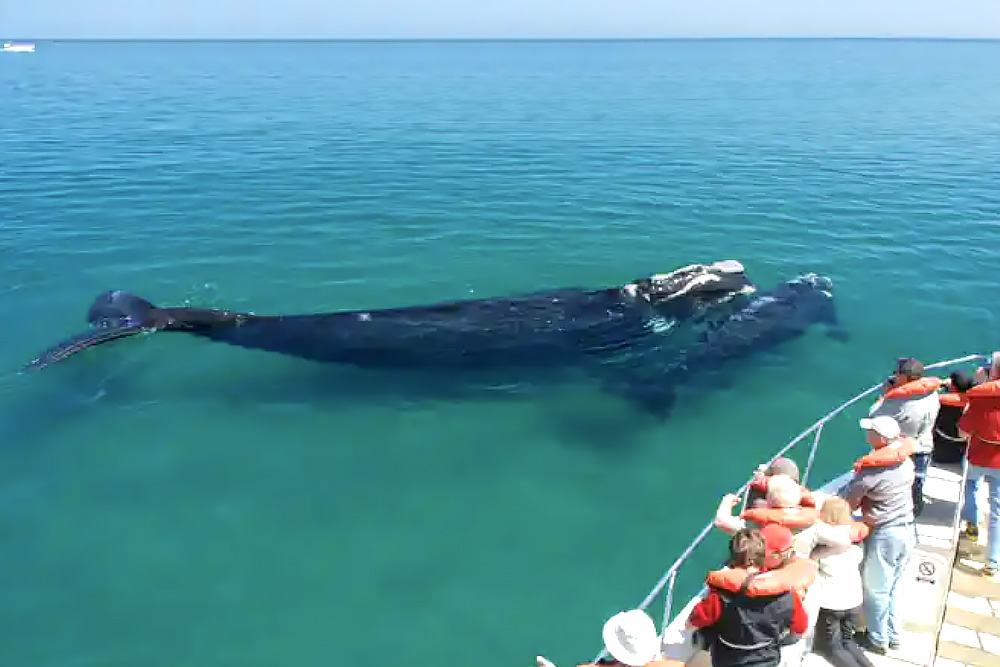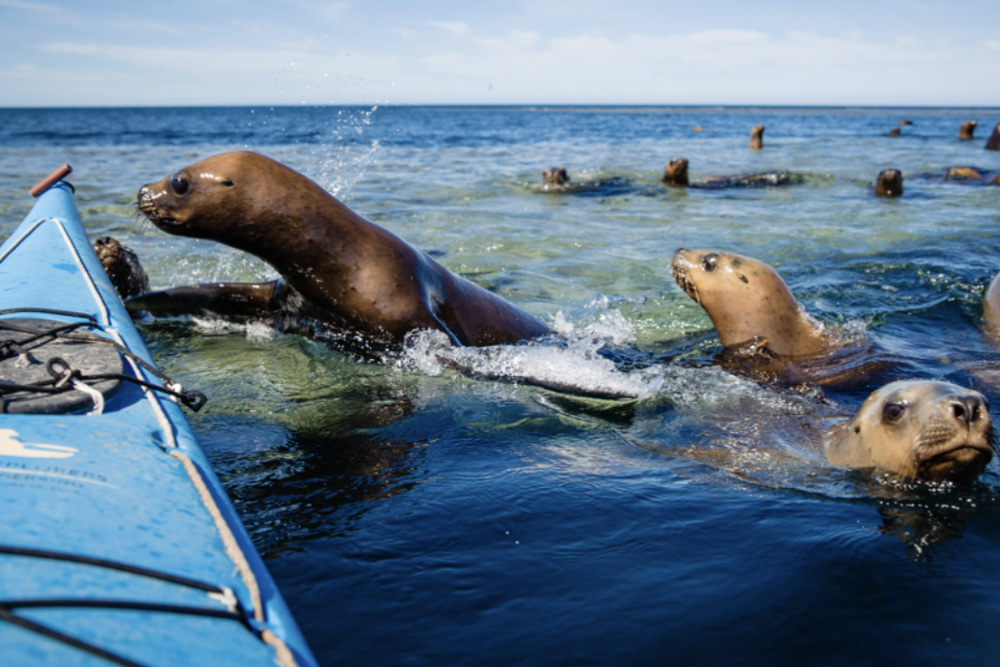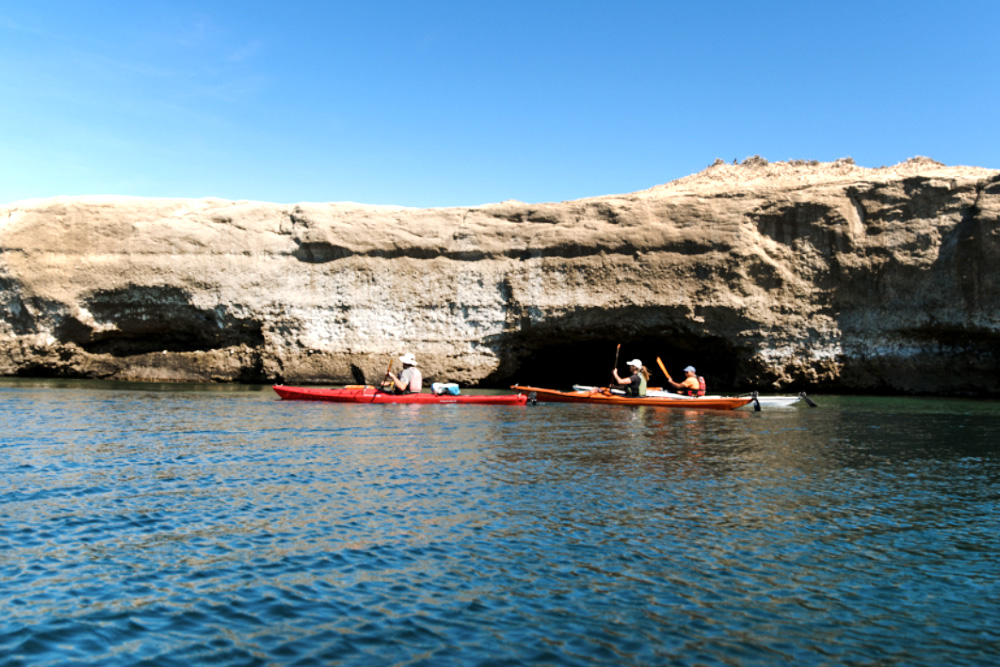Best Places to visit in Patagonia with your Family
Nature-focused vacations enable parents and children to unplug from technology and everyday stresses while using all of our senses to create lifelong memories. To reignite children’s sense of wonder, here is a list of outdoorsy activities in the lake district of Patagonia where there are plenty of opportunities to connect with nature while traveling with your family.

The Seven Lakes Route
(A scenic route that connects in a four-hour journey the Andean village of Villa La Angostura and the city of Bariloche).
Throughout Argentina is the legendary Route 40, one of the longest highways in the world. Route 40 begins in the province of Santa Cruz, in the south of the country, and travels a road of more than 5,000 kilometers, passing through Argentine Patagonia and reaching La Quiaca, in the province of Jujuy. The route of the 7 lakes covers around 108 kilometers of Route 40, and is one of favorite destinations chosen by local tourists as well as international travelers. It is known for its matchless matchless beauty and its attractive panoramic points.
Considered one of the most picturesque routes in Argentina, the Route of the 7 Lakes is a winding lake and mountain road between the pretty towns of Villa La Angostura and San Martín de los Andes. Don’t miss these lakes and make sure you take the time to stop and admire the Andes mountains and the pristine lakes of Machonico, Falkner, Villarino, Escondido, Correntoso, Espejo and Nahuel Huapi.
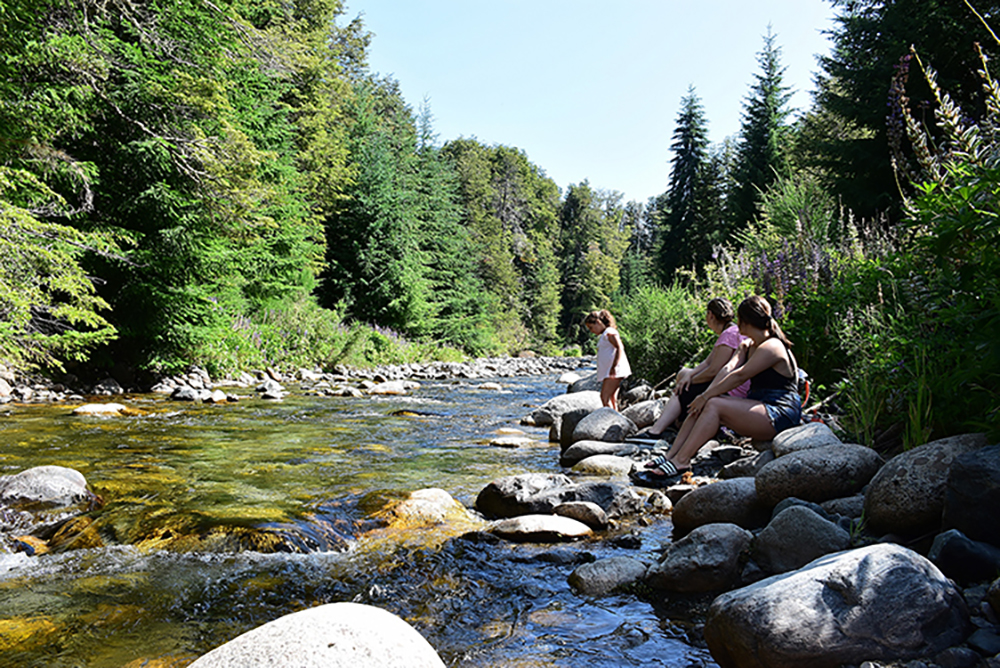
Arrayanes National Park
Created to preserve the unique Arrayán trees, a type of Chilean myrtle, this is one of the smallest national parks in Argentina, but it’s well worth a visit for a great walk through its ancient preserved wilderness. Many visitors take the 12-kilometer trail from the port of Villa la Angostura to reach the forest of arrayanes trees which range from 300 to 600 years old. It is also possible to ride a bicycle from Villa la Angostura to the Arrayanes national park. At the end of the ride, you can return to Bariloche in one of the catamarans that visit the park daily. If you decide to do this, make sure you know the schedules so you don’t miss the catamaran back.
Shop at the Artisan Fair
Daily, in Bahia Mansa a group of artisans gather to sell their products in the lot of the Producers Association of the village.
Here the visitor finds multiple expressions reflecting the combination of styles from the different cultures in the region , constantly modified according to fashion, as seen in the different elements used: wood, leather, silver, horn, clay and wool among others.
There you can find some original pottery, ponchos, hats, lamps, clothes, manually forged knives, candles of different colors, dry flowers, incense, wooden boards, picture frames, etc. In the fair you will find local artisans working and talk to them about the materials they use and how to conserve their products, some of which are made with millenary techniques.
Tip: For upscale shopping goods, head to Avenida Arrayanes.
Cerro Bayo: The best family Ski Resort of Argentina
(15 minute-drive from Villa La Angostura)
If you visit the lake district in Patagonia during ski season, venture out to Cerro Bayo, a small ski resort which offers 20 miles of runs and lifts, along with warm restaurants, coffee shops, and bars for families. You can go skiing, snowboarding, snow-tubing, sledding, and cross country skiing on the different terrains here, and there’s something for all skill levels.
There is also a ski and snowboard school for beginners and some off-piste action and terrain parks for the pros. In the summer you can still visit to take the chairlift up for panoramic views or do a few hikes, including one to a waterfall.
Go Sailing on Lake Nahuel Huapi
One of the favorite activities of many tourists in Villa La Angostura is sailing.
Local guides will arrange a sailboat for you to cruise along Lago Nahuel Huapi from Puerto La Mansa, making stops at Los Arrayanes National Park, Victoria Island, and several different beaches. Many trips include a gourmet lunch of smoked trout, venison, and cheeses or even an asado (barbecue) accompanied by wine.
Take a bike ride on 85 miles of paths
With 85 miles of bike trails, the lake district is a cycling paradise.
Cascada del Río Bonito
Just an hour and half walk alongside the Río Bonito, this beautiful trek is perfect for people who aren’t looking for anything too intense.
Off the road to Cerro Bayo, you’ll find a steep trail that takes you to a viewing platform of a plunging waterfall. Keep going to see more of the forests and start down a track that surrounds you with nature, leading you to a gray volcanic sand beach along Bahia San Patricio.
It’s a convenient (and free!) way to explore more of the area outside of town. You’ll often see local families having a day out with their kids and pets spending a little time along the shores.
Go Horseback Riding
See the brilliant lake scenery and snow-capped Andes from the back of a well-trained horse as you ride through the hills around Villa La Angostura. Some rides take you through the nearby Parque Nacional Nahuel Huapi while others will lead you up the winding trails surrounding Cerro Bayo and Cerro Belvedere in the summer.
Venture through forests and cross rivers with your gaucho guide, and maybe even stop for snacks along the way while you enjoy the views.
Laguna Verde
Get away from the crowds by hiking out to this peaceful little oasis in the middle of nature.
During your walk you’ll pass beneath thick canopies of humid forests and almost feel how the area is situated in a mild microclimate.
This allows for the variety of wildlife, including the many species of birds and trees that you’ll find the area. Take the walk around the freshwater lagoon with the backdrop of those ever-present snow-capped mountains as you experience the quietness being secluded in the woods away from the city.
Go Kayaking in Espejo Lake
You can do guided trips to Lago Espejo, so named for its mirror-like qualities, which lies on the border with Chile, or stick with the nearby Nahuel Huapi.
Journeys include a few hours of paddling along the crystal clear waters, stops for snacks or lunch, and occasionally even some snorkeling or hiking.
The gear is all provided for you, and first time kayakers will have no problems learning.
Check out the highly rated half-day trips and we can arrange and the custom multi-day tours by Endurance Kayak & Mountain Expeditions.
Beaches, Watersports, and Fishing
Whether you just want to lounge on the shores and go swimming or try your hand at windsurfing or fishing, you’ll find it in Villa La Angostura.
Nahuel Huapi is the place for watersports and sport fishing, where you can catch brown, fontinalis, and rainbow trout.
Or if you’re just into hitting the beach, check out the shores of Correntoso – lots of locals hang out here and you’ll find camping facilities, bathrooms, and warm(ish) waters.
It’s backed by scenic mountains, and you can also find motorboat tours and horseback rides available. Other beaches near town include Playa Mansa and Brava, as well as the resort-lined Bahia Manzano.
Try Local Dishes
You may have started your Patagonian journey in Bariloche or flown into the airport there, but if you haven’t visited this touristy alpine-inspired town, make the trip to do it.
Stroll through the streets lined with architecture reminiscent of a Swiss ski village while stopping in its many chocolate shops and craft breweries to sample the local products.
El Mercado
A very cool place to eat, hang out, and shop, El Mercado is a beautifully constructed “social space” where tourists and locals alike can meet up.
Built over four city blocks in a style that blends contemporary with old town antiques, this gastronomic, art, recreation, and commercial center is super charming.
Its wooden exterior and stained glass windows pay tribute to the traditional building materials of Villa La Angostura, while the interiors contain all the modern amenities you might need.
And for entertainment and shopping, visit the art gallery, clothing stores, ski shops, paintball center, and the ice skating rink.
Contact us to start planning your own dream trip today!


